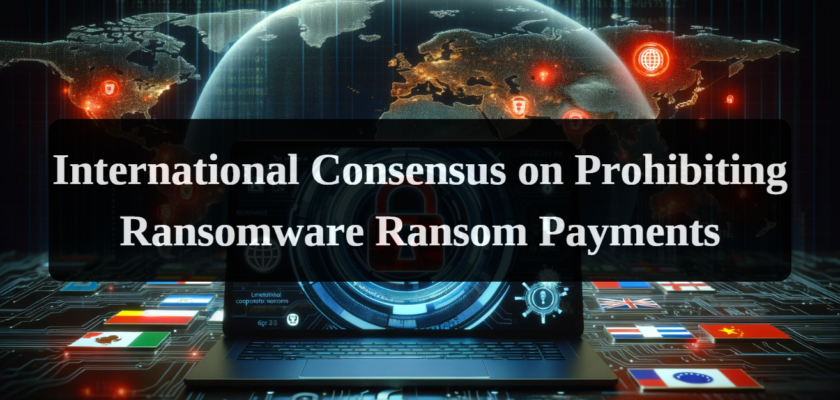The Growing Threat of Ransomware
In the past decade, ransomware has transitioned from a relatively unknown cyber threat to a predominant global crisis, causing severe disruptions across various sectors. The economic impact of ransomware is staggering, with global payments exceeding $400 million in 2020 and a worrying escalation to over $81 million in just the first quarter of 2021. This dramatic increase in ransomware attacks reflects not only the growing audacity and sophistication of cybercriminals but also the expanding vulnerabilities within our increasingly interconnected digital infrastructures. The ease of executing ransomware attacks, coupled with the lucrative returns, has made this form of cybercrime particularly attractive to attackers.
Transition to Non-Payment Policies and Legislative Efforts
Recognizing the urgency of the situation, the international community is beginning to pivot towards a policy of non-payment in ransomware situations. This shift was evident at the U.S. Government’s third annual International Counter-Ransomware Initiative, where up to 50 countries signaled their support for a non-payment policy against ransomware attacks, particularly targeting government infrastructure. Domestically within the United States, states such as New York, North Carolina, and Pennsylvania are at the forefront, considering legislation that would ban state and local governments from paying ransoms. These legislative moves are based on the understanding that paying ransoms fuels the ransomware economy, emboldening attackers and financing further cybercrime activities. However, the practical implementation of such policies faces significant challenges, including ensuring global cooperation, addressing the nuances of cyber extortion, and balancing the immediate need to restore critical services against long-term security objectives.
Implications for the Private Sector and Economic Framework
The current discourse predominantly focuses on governmental response, but the private sector continues to be a prime target for ransomware attacks. The differential in response strategies between the public and private sectors presents a significant dilemma. For private entities, especially those handling critical data, the decision to pay a ransom is often a complex trade-off between immediate operational needs and long-term security considerations. Additionally, the economic framework of ransomware is complex and multifaceted. A blanket ban on payments could potentially disrupt the financial model underpinning these attacks, but there are risks involved. There is a concern that such a ban might lead to heightened demands from attackers or a shift towards more sophisticated and stealthy attack methods. This potential for escalation underscores the need for a balanced and nuanced approach that considers both immediate and long-term economic impacts.
Technological and Human Factors in Cybersecurity
Addressing the ransomware challenge requires a holistic approach that combines technological solutions with human-centered strategies. On the technological front, there is a pressing need for robust cybersecurity defenses. This includes not only advanced threat detection and response systems but also comprehensive security architectures that safeguard against various attack vectors. Equally critical is the human aspect of cybersecurity. The majority of ransomware attacks exploit human errors, such as falling for phishing scams. Regular training and awareness programs for employees can significantly lower the risk of successful attacks. Building a culture of security within organizations is essential to foster vigilance and responsible cyber behavior among all staff members.
International Cooperation and The Role of Insurance
Combating ransomware at a global scale necessitates strong international cooperation. This involves sharing timely and actionable intelligence, harmonizing regulations against money laundering (often used to facilitate ransom payments), and concerted efforts in tracking, apprehending, and prosecuting cybercriminals. The complexities of international law and the often-anonymous nature of cybercrime make this a challenging endeavor. In addition to these measures, the role of cyber insurance in the ransomware landscape is increasingly prominent. While cyber insurance offers a safety net for organizations, enabling them to recover from attacks, it also raises concerns about potentially incentivizing ransom payments. Therefore, the insurance industry, along with regulators, needs to carefully consider the implications of their policies on the broader ransomware economy.
Conclusion
The global movement towards banning ransom payments by governments marks a significant step in the fight against ransomware. However, the success of this strategy hinges on a coordinated and unified approach that encompasses both public and private sectors. While completely eradicating cybercrime is a daunting and perhaps unattainable goal, collective measures against ransomware can significantly mitigate its impacts. As we stand at the cusp of a new era of cyber threats, potentially amplified by advancing technologies like AI, a united front against ransomware is more crucial than ever.

